4 Innovation Success Stories for HR Leaders
If you read any headlines today, you’ve probably seen a variation of this:
Robots coming. Human jobs lost. Automation spells doom.
During the recent Rival, formerly SilkRoad Technology Connections event in San Antonio, my goal was to give the audience more hope in their future. After all, there are plenty of examples that show that human creativity, curiosity, and compassion are going to help us both compete and collaborate with the bots, algorithms, and machines as time goes on.
To that end, we ran several innovation-focused “hackathon” workshops during the event to help participants stretch their creative muscles. The goal was to improve the results of their HR and talent processes, and there wasn’t a single team that participated in the event that walked away empty-handed. Below are some of the winning ideas we discovered in the process spanning twelve teams and dozens of hack ideas.
Hack #1: Understanding Employee Benefits
It never fails. I’ve had employees come to me over the years with questions about benefits because they simply didn’t understand all of the options and how they worked. In reality, workers would feel even more connected with their employer if they truly understood the benefits they had available to them. People don’t always understand the benefits they have, but with a little effort they can, and that’s what led to the first hack.
The team came up with the idea to use a few employees with “made for TV” personalities to record a short two-minute video explaining how they used the benefits in laymen’s terms. Instead of using “HR speak” to muddy the waters, letting peers share their own stories would give workers more clarity on the benefits, options, and how to take advantage of them.
Hack #2: Training Compliance
One team had issues with workers showing up to assigned classroom training. The process was simple: the learning team shared the calendar with supervisors and expected them to pass it to the employees, but the supervisors would hold back on the information if they felt like they would have trouble filling a shift. The bigger issue, though, was that workers would miss certification dates and would then be unable to work for a longer period of time until they recertified.
The second hack was incredibly simple: skip the middleman. Instead of expecting the manager to share the information, the learning team decided to go straight to the workers themselves. In addition to information on scheduled training, the team also would point out the negative consequences of missing the training sessions. For example, if someone’s CPR training lapsed, they would have to pay to have it renewed out of their own pocket or would have to wait for the next available training and would be unable to work their shift until it renewed.
Hack #3: Personalized Onboarding
When we onboard new employees, we want them to feel socially connected to the organization. Yes, the paperwork needs to be handled to make it official, but tax forms and policy manuals never helped a new employee feel confident in their decision to join your organization.
With that in mind, one winning team decided their leaders would use a Go Pro camera to record a short video introducing the new employee to their peers and showing them their workspace. This is a highly personalized approach and yet only takes a couple minutes to record and share with the new employee. In addition to those components, the video could even include basics like where to eat lunch, restroom locations, and more so that the new employee can start on day one with more familiar surroundings and less stress.
Hack #4: Streamlined Performance Management
Last but not least, our final group was heavily focused on improving the outcomes of performance management. The process was labor-intensive, even after an effort to streamline the process in recent years. Instead of completely trashing the process, the team decided to help tailor it a bit and personalize the approach.
The current appraisal tool the company used had ten mandatory questions, even if some of them didn’t really fit well for every role. So they decided to switch five of the questions to be mandatory (potentially around core values and culture, which are broadly applicable) and make two of the remaining five questions “user’s choice.” Like an elective in college, workers can pick the two other goals or measurements that best align with their jobs, their interests, and their strengths.
Process, Technology, People
As I explained to the teams that participated in this event, none of the hack ideas were going to take six months and a 50% budget increase to put into practice. Virtually all of them could start immediately and for little to no investment other than a little sweat equity, and HR leaders are almost always willing to put in that effort to support an initiative.
At the end of the day, we can buy great technology but if our processes aren’t where they need to be, we’ll just end up automating the wrong things. Getting the process right, picking good HR technology, and empowering our people are the key steps to long-term, sustained success.



















